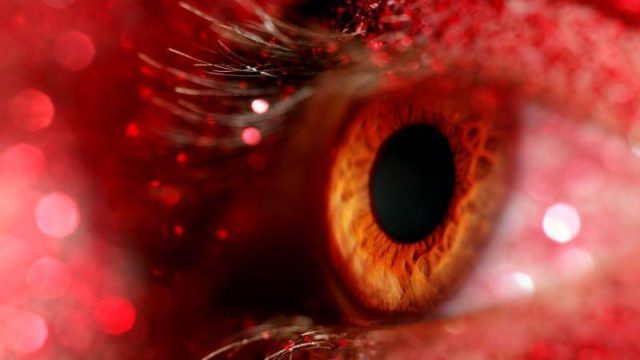Increased risk seen in association with female sex, older age, CKD stage 3 or greater, tamoxifen use
By Elana Gotkine HealthDay Reporter
MONDAY, May 13, 2024 (HealthDay News) — Factors associated with an increased risk for hydroxychloroquine retinopathy have been identified and include female sex, older age, and chronic kidney disease stage 3 or greater, according to a study published online May 9 in JAMA Network Open.
April M. Jorge, M.D., from Massachusetts General Hospital in Boston, and colleagues identified risk factors beyond hydroxychloroquine dose and duration of use for hydroxychloroquine retinopathy in a cohort study of 4,677 patients who initiated hydroxychloroquine, continued treatment, and underwent retinopathy screening after five years of use.
The researchers found that 125 patients developed hydroxychloroquine retinopathy within 15 years. There was an association observed for older age at time of hydroxychloroquine initiation with retinopathy risk, with adjusted hazard ratios of 2.48, 3.82, and 5.68 for those aged 45 to 54, 55 to 64, and 65 years or older, respectively, compared with those younger than 45 years. Retinopathy risk was higher among women than men, for those with chronic kidney disease stage 3 or greater, and for those with tamoxifen use (hazard ratios, 3.83, 1.95, and 3.43, respectively). Compared with non-Hispanic Whites, Asian and Black patients had a higher likelihood of pericentral retinopathy (hazard ratios, 15.02 and 5.51, respectively).
“We identified several key risk factors for incident hydroxychloroquine retinopathy in addition to hydroxychloroquine dose,” the authors write. “These findings are relevant to long-term users of this important and commonly prescribed medication for patients with systemic lupus erythematosus and other rheumatic and dermatologic conditions.”
One author disclosed ties to Bristol Myers Squibb and Cabaletta Bio.
Copyright © 2024 HealthDay. All rights reserved.



















